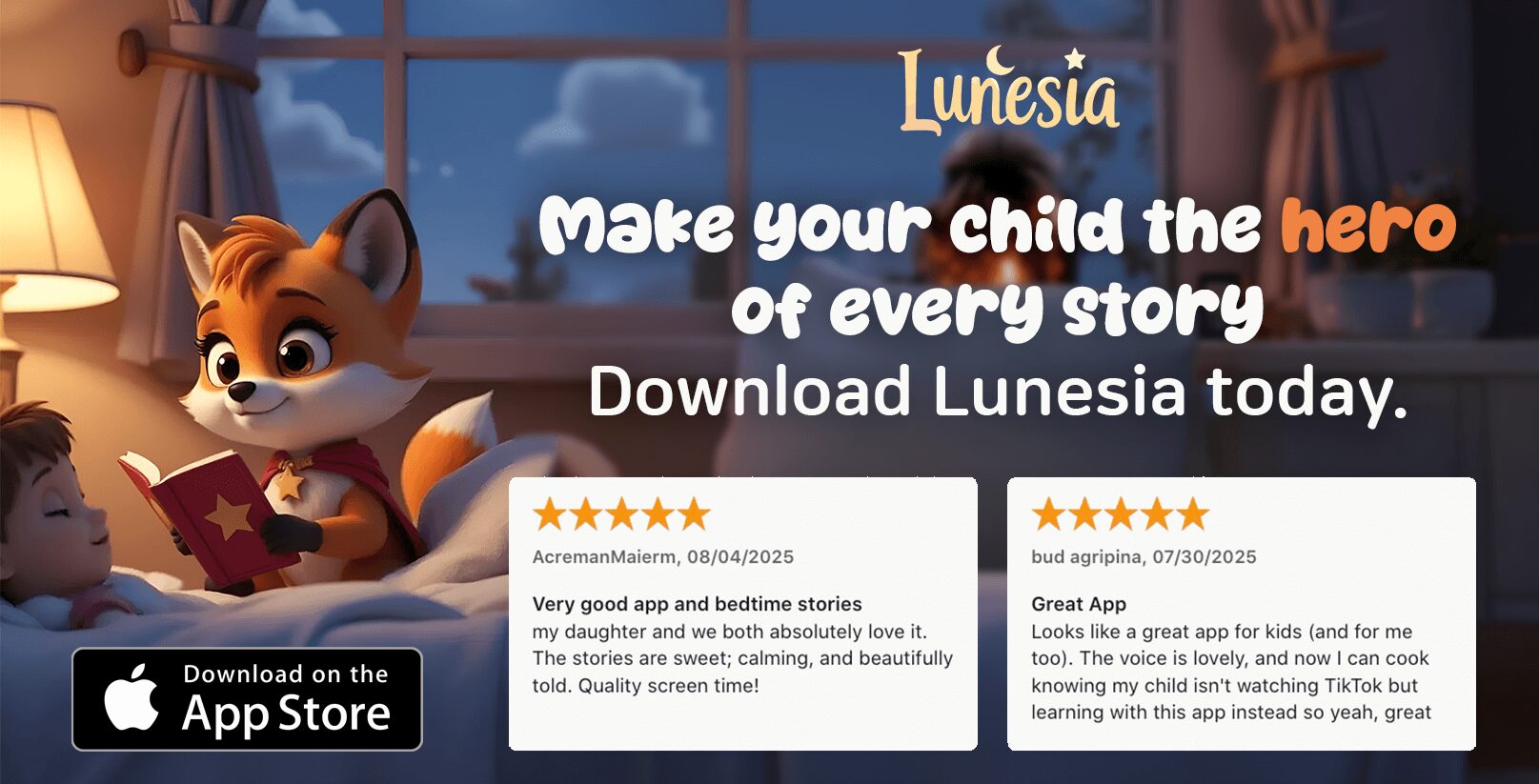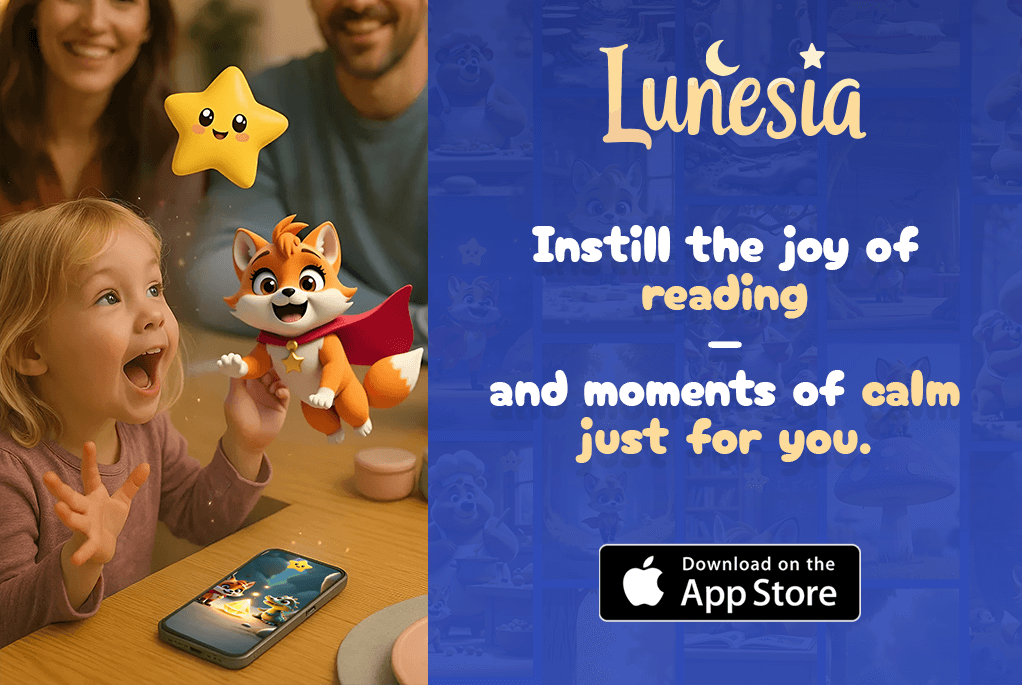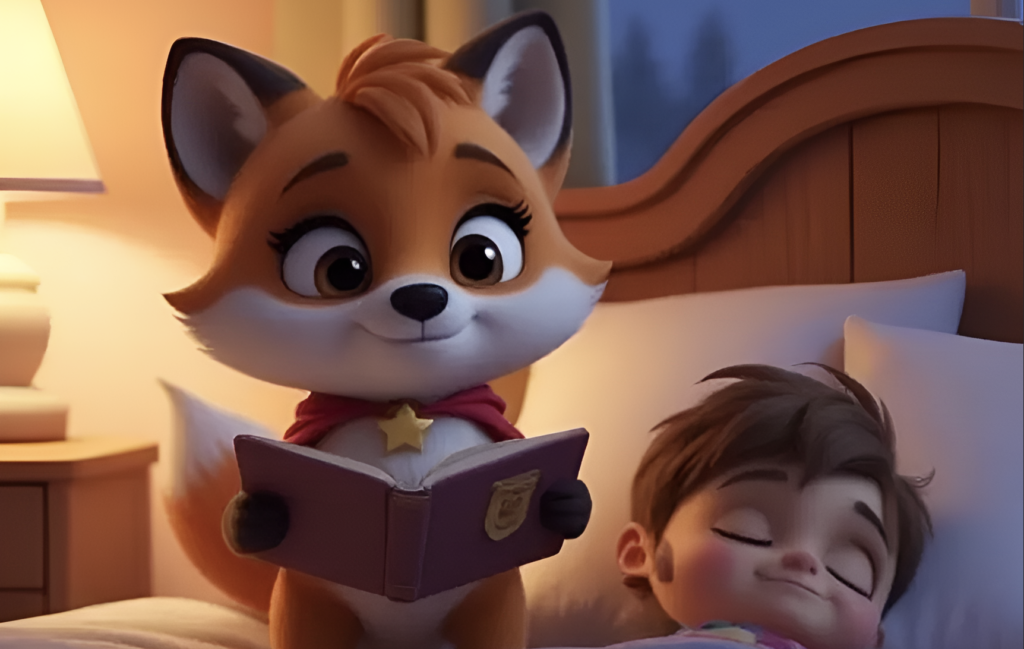As a parent, you’re likely torn between the benefits and drawbacks of screen time for your child. You want an app that captures their hearts and fosters a love for learning.
The educational philosophy behind apps significantly influences their design. Lunesia and Waldorf-inspired approaches have distinct methods.
Understanding their differences is key to choosing the best app for your child. This comparison will help you make an informed decision.
Understanding Educational Apps for Children
With the rise of digital learning tools, parents need to understand the educational philosophy behind the apps they choose for their children. Educational apps have transformed significantly over the past decade, evolving from simple digital games to sophisticated learning tools that can significantly impact a child’s development journey.
Digital Learning Evolution
The educational app landscape has evolved dramatically, with developers focusing on creating meaningful screen time. Apps like Lunesia represent a new wave of interactive storytelling that adapts to children’s choices, enhancing their learning experience through engaging narratives and adaptive technology.
Educational Philosophy Matters
The philosophy behind an educational app shapes its interface design, content delivery, and learning objectives. Understanding these principles helps parents align digital learning with their family’s values and their child’s specific learning needs. Research shows that children learn differently through digital media, making the design philosophy of educational apps particularly important for supporting emotional development, creativity, and problem-solving skills.
Lunesia: Interactive Storytelling with Educational Value

Lunesia’s innovative method puts children in the driver’s seat, allowing them to shape their own adventures and learn as they go. This interactive storytelling approach is designed to engage young minds and foster a love for learning.
Core Features and Educational Approach
Lunesia’s core features include interactive stories that empower children to make choices, influencing the narrative and learning valuable lessons. The app is designed to be intuitive, with a unique CPU-based architecture that ensures smooth performance. The educational approach focuses on developing emotional intelligence and decision-making skills.
Age Appropriateness and User Experience
The Lunesia app is specifically designed for children aged 3-7, with a user interface that’s easy to navigate. The user experience is tailored to this age group, ensuring that children can use the app independently without frustration, making it a valuable tool for parents and educators.
Learning Outcomes and Skills Development
By using Lunesia, children can develop essential skills such as creativity, critical thinking, and problem-solving. The instrument software form of the stories helps children learn through play, making screen time a productive and meaningful experience. With new stories added weekly, the content remains fresh and engaging, keeping children motivated to learn.
Waldorf-Inspired Apps: Philosophy and Implementation

Waldorf-inspired apps bring a century-old educational philosophy into the digital age, focusing on imagination and creativity. As a parent, you’re likely looking for educational tools that not only teach your child new skills but also foster their overall development.
Core Principles in Digital Format
The Waldorf educational philosophy, founded by Rudolf Steiner, emphasizes the importance of imagination, creativity, and age-appropriate learning. These Waldorf-inspired apps carefully balance technology with core Waldorf principles.
Distinctive Features
These apps typically emphasize natural rhythms, artistic expression, and holistic development. They incorporate storytelling, music, and artistic activities that engage multiple senses and learning modalities, making learning a rich and immersive experience.
Target Age Groups
Waldorf-inspired apps are designed for various age groups, with content tailored to each stage of cognitive and emotional development. They encourage parental involvement and often include features that promote limited, mindful usage rather than extended screen time.
By choosing Waldorf-inspired apps, you’re opting for an educational approach that values creativity, imagination, and the overall well-being of your child. These apps offer a unique blend of technology and traditional educational values, making them an attractive choice for parents seeking a balanced approach to their child’s digital learning experience.
Comparing Lunesia vs Waldorf Apps: Educational Approaches
As parents navigate the numerous educational apps available, understanding the differences between Lunesia and Waldorf-inspired apps is crucial. Both approaches have gained popularity, but they cater to different educational philosophies and child development strategies.
Interactive Storytelling vs Waldorf Learning Methodology
Lunesia focuses on interactive choice-based storytelling, empowering children to make decisions that shape their stories. In contrast, Waldorf-inspired apps guide children through more structured experiences aligned with Waldorf developmental stages, emphasizing artistic and holistic development. This fundamental difference in approach affects how children engage with the apps and what skills they develop.

Screen Time Philosophy and Implementation
The screen time philosophy differs significantly between Lunesia and Waldorf-inspired apps. Lunesia is designed for engaging 10-30 minute sessions of active participation, while Waldorf apps encourage brief, mindful interactions followed by real-world extension activities. This reflects their underlying educational philosophies and impacts how parents should integrate these apps into their child’s daily routine.
Parental Involvement Requirements
Parental involvement varies between these approaches. Lunesia is designed for independent child use with optional parent participation, whereas many Waldorf-inspired apps encourage or require adult facilitation. Understanding these requirements can help parents choose the app that best fits their parenting style and their child’s needs.
- Lunesia centers on interactive choice-based storytelling, while Waldorf apps focus on artistic, holistic development.
- The user interface and learning outcomes differ significantly between the two approaches.
- Both approaches value childhood development but express this value through different digital experiences.
Making the Right Choice for Your Child’s Needs
The decision between Lunesia and Waldorf-inspired apps hinges on understanding your child’s educational needs and preferences. As a parent, you’re not just choosing an app; you’re selecting an educational philosophy that will influence your child’s learning journey.
Assessing Your Child’s Learning Style
To make an informed decision, observe how your child engages with different content. Do they thrive in interactive, choice-driven environments, or do they prefer more artistic and imaginative play? Lunesia might be suitable for children who enjoy interactive storytelling, while Waldorf-inspired apps could be better for those who prefer less structured, creative play.
Developmental Goals and Age
Consider your child’s age and developmental stage. Lunesia is designed for children aged 3-7, focusing on decision-making and emotional intelligence. In contrast, Waldorf-inspired apps align with specific Waldorf developmental stages, emphasizing a holistic approach to learning.
Balancing Digital Learning
It’s crucial to balance digital learning with other activities. While Lunesia offers engaging 10-30 minute sessions, Waldorf apps encourage brief digital interactions complemented by real-world activities. Remember, digital learning should enhance, not replace, hands-on experiences and social interactions.
| App Feature | Lunesia | Waldorf-Inspired Apps |
|---|---|---|
| Age Range | 3-7 years | Aligned with Waldorf developmental stages |
| Learning Approach | Interactive storytelling | Holistic, creative play |
| Session Duration | 10-30 minutes | Brief, complemented by real-world activities |
By considering these factors and possibly starting with free trials, you can make an informed decision that suits your child’s unique interpretation and learning style, much like how unique interpretation wavetable synthesis combines different elements to create something new.
Conclusion: Finding the Best Educational App Experience
In the end, choosing the right educational app for your child depends on understanding their individual needs and learning style. As you’ve seen, Lunesia and Waldorf-inspired apps offer distinct approaches to learning. I recommend considering your child’s developmental goals and age when making your decision. You can explore more about Lunesia and its interactive storytelling approach to see if it aligns with your child’s needs. By doing so, you’ll be better equipped to make an informed decision that supports their educational journey.
FAQ
What is the main difference between Lunesia and Waldorf-inspired educational apps?
Lunesia focuses on interactive storytelling, while Waldorf-inspired apps follow a more traditional Waldorf learning methodology that emphasizes hands-on activities and creative play.
How do these educational apps approach screen time for young children?
Lunesia and Waldorf-inspired apps have different philosophies on screen time. Lunesia is designed for interactive learning, while Waldorf-inspired apps often limit screen time, encouraging a balance with other activities.
What role do parents play in using these educational apps with their children?
Parental involvement varies between the two. Lunesia is designed to be used with or without adult supervision, depending on the child’s age, while Waldorf-inspired apps often recommend parental guidance to maximize the learning experience.
Can these apps be used for children of all ages?
No, each app is designed for specific age groups. Lunesia and Waldorf-inspired apps cater to different developmental stages, so it’s essential to choose an app that aligns with your child’s age and learning needs.
How do these apps support a child’s developmental goals?
Both types of apps aim to support various developmental goals, such as literacy, numeracy, and problem-solving skills. Lunesia does this through interactive stories, while Waldorf-inspired apps use a more holistic approach, incorporating creative and hands-on activities.
Are these educational apps suitable for children with special needs?
Some Lunesia and Waldorf-inspired apps are adaptable for children with special needs, but it’s crucial to review each app’s features and accessibility options to ensure they meet your child’s requirements.
What is hybrid synthesis, and how is it related to sound design in educational apps?
Hybrid synthesis combines different sound generation techniques, such as wavetable synthesis and analogue filters, to create unique sounds. Some educational apps, especially those with a creative or musical focus, may utilize hybrid synthesis to enhance the learning experience.
How do educational apps like Lunesia and Waldorf-inspired apps contribute to a child’s love of learning?
By making learning fun and engaging, these apps can foster a love of learning in children. Interactive and creative approaches help children develop a positive association with education, encouraging them to explore and discover new concepts.




